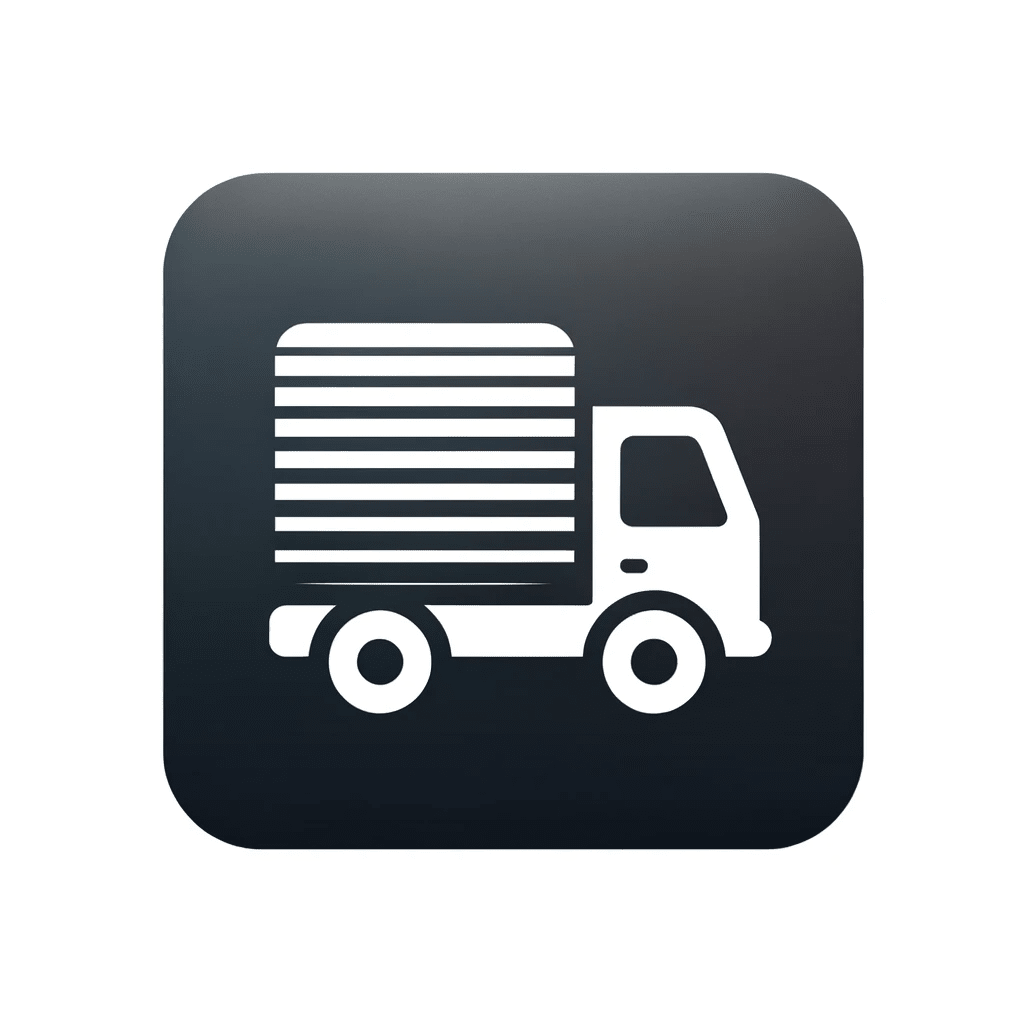Birth plan: top best practices when writing yours
- READING TIME 7 MIN
- PUBLISHED November 02, 2023
- AUTHOR Donna
Key takeaways
- A birth plan is a written document of your preferences and wishes for your delivery and post-partum care.
- Birth plans can head off unrealistic expectations and eliminate any potential miscommunication.
- Start thinking about the birth plan in your second trimester and put it down in writing around your 32nd week of pregnancy.
- Birth plans can be complex and detailed, but we still suggest you come up with a simple one-pager that highlights what’s most important for you. Read our article to learn more about what to include in a good birth plan.
Birth plan: top best practices when writing yours
A birth plan is a nice way how an expectant mom can outline her preferences, wishes and goals for labour and immediately after birth. This is your written vision of the best possible birthing experience, shared with doctors, midwives, hospital staff and anyone else who will be supporting you.
A birth plan gives soon-to-be moms an opportunity to have a voice and a bigger role in decisions that concern their bodies. It exists to head off unrealistic expectations and eliminate any potential conflict or miscommunication. A birth plan is also a good way to initiate a conversation with your maternity care provider if you haven’t met the person before.
Think of all the things that would make your labour and birth most comfortable for you and put that down in your birth plan. The document may include a list of people present at labour, preferences around pain medications and what kind of atmosphere you’d like to have in the labour room. You could express a wish to have the baby placed on your chest immediately after birth or describe your preferred type of postpartum care.
Feel free to change your mind
A good plan is not just about your preferences, it’s also about conveying your personality. You can communicate your fears and possible experiences with past pregnancies. It’s also completely fine to change your wishes later. Preferences and priorities can evolve over the course of a pregnancy. Even in labour, you’re entitled to detour from your original plan.
Keep in mind that a birth plan is not binding between you and your practitioner. There are also restrictions and limitations of what the birthing centre or the hospital has available or can accommodate. A birth plan isn’t a set-in-stone document as you cannot foresee just about every eventuality. We suggest you try to stay flexible and expect the unexpected.

Do you need a birth plan?
Short answer: you don’t need a birth plan – most women+ delivered a healthy baby without complications and without a birth plan. Doctors can also note down some of your preferences in your medical record during conversations before labour. But teeing up a birth plan can still be very useful. Firstly, it may give you more control over the delivery experience and, secondly, it’s practical to have your wishes written down if you plan to give birth in a larger hospital where you won’t necessarily meet your delivering physician during the appointments.
When to start thinking about a birth plan
We suggest you start contemplating the birth plan in your second trimester and start putting it down in writing around your 32nd week of pregnancy. Once you’ve written your plan, give a copy to your doctor and schedule an appointment to negotiate any areas in which you might have different viewpoints.
Birth plan 101 – what should the birth plan include
There is no one right format. Birth plans can be complex and detailed, or they may only cover the basics. Every expectant mom is different, and a birth plan should equally be individualized, conveying your own wishes and personality.
We still think it’s better to come up with a simple plan which highlights what’s important for you. Too much information can be overwhelming and confusing.
Make it a one-pager and use simple bullet points when you can.
What to include? Consider these six important items to add to your birth plan checklist.
The basics: List your name, your doctor’s name and contact information, where you plan to give birth and who you’re planning to have there with you. Introduce them and explain their role.
Introduce yourself as well – it might happen that you’ll first see your delivering doctor or nurses on the big day. Talk a bit about yourself and your partner. A general “nice to meet you” at the beginning is a great intro to your birth plan.
The place of delivery: Think about what will help you feel most comfortable when giving birth. Describe the perfect atmosphere – would you like to have dimmed lights, a quiet room, maybe some music? Would you like your partner to take photos or video the birth of your child? Do you want to wear your own clothing or the hospital gown? Would you like to have a TV in the room? Is a bath or a shower available? Equally important, list anything that makes you feel uncomfortable and would like to avoid.
Labour preferences: Include any preferences you have for your labour. For example, do you want to walk around freely and try different positions by using a birthing stool? If you would like to take a shower or bath, make sure to include that too. Add preferences about positions for pushing. Some options may include lying down, side-lying, kneeling, being on all fours or squatting. Clarify how you feel about forceps, vacuum or an episiotomy. Who would you like to cut the cord, and do you want skin-to-skin contact when your baby is placed on your chest right after birth?

Pain management: Pain meds are one of the key things to consider. Think about epidural – in what conditions and how soon would you like doctors to apply it? Perhaps you already know that you want to have an epidural if doctors determine it’s a safe option. Remember that you could change your mind during labour. Ask your doctor about other options for pain relief such as breathing methods or massages.
Postpartum: Think about feeding and care once the baby is born. How would you like to go about newborn procedures? You may want to start breastfeeding right after delivery. Consider if you would like the baby to always sleep with you or you want to have it in a nursery for some time. You may also want to clarify questions about vitamin K shots, eye drops and bathing.
Who do you want to be there with you?
Specify who you’d like to be present – your partner, a doula or other family members and friends. Make sure to learn about the rules of the hospital or the birthing place for guests in a delivery room.

How to form a birth plan
We suggest that you avoid sounding overly demanding. Consider that any birth may take unexpected turns. This is something that you may want to reiterate in your birth plan and highlight that these are your wishes and preferences in an ideal scenario. Thanking the recipient for their support and help also goes a long way.
Have someone review it
It’s a good idea to review and double-check your birth plan with your partner and the people who you want to be present in the delivery room. Hand the notes to your doctor and other relevant personnel at the hospital or birth centre. They may have their rules, so it’s important to align their regulations and your preferences. This will help resolve any potential conflicts in advance.
Who needs your birth plan?
Your doctor will insert the birth plan into your medical record. Additionally, share it with anyone who will support you during labour and make sure to take some copies with you when things get real. As mentioned, another doctor may wind up delivering your baby so it’s important they’ll get familiar with your birth plan on the spot.
Article OverviewRELATED ARTICLES
Explore more
Feed your curiosity with more content. Dive deeper and explore our selected articles, curated just for you.



